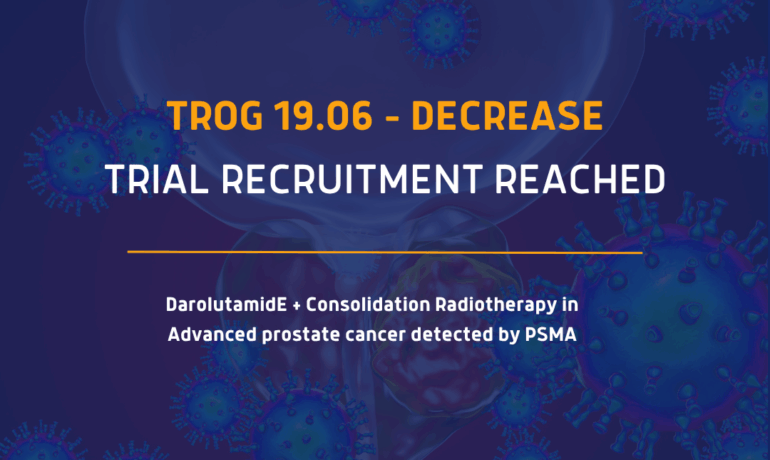Related Post
8 July, 2025
Recruitment Milestone Achieved for TROG 19.06 DECREASE Trial
TRIAL UPDATE: 8 July 2025 The TROG 19.06 DECREASE
26 June, 2025
Cancer Survivor to Take on Fifth Kokoda trek to Support TROG
LATEST NEWS: 26 June 2025 He may be 76






